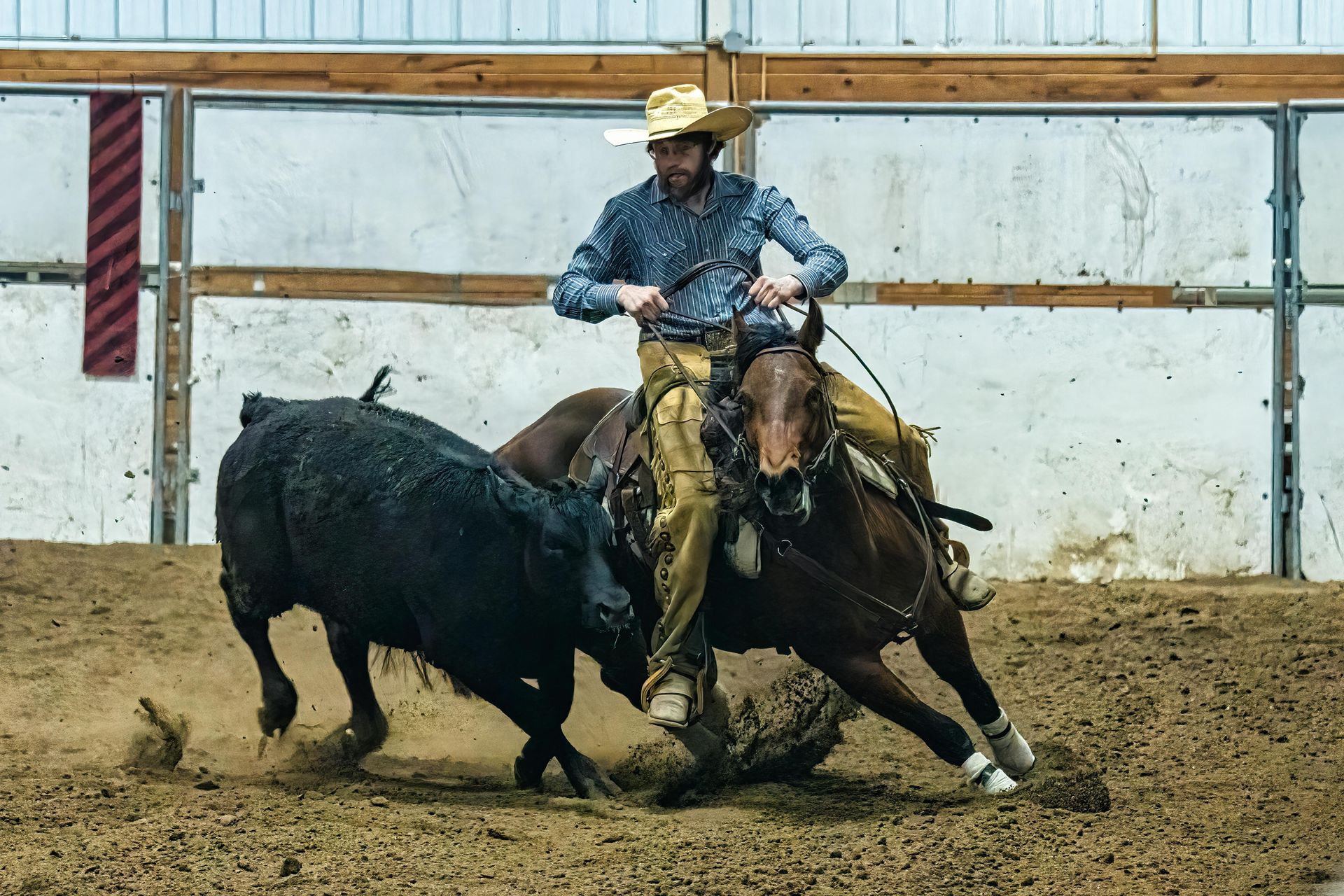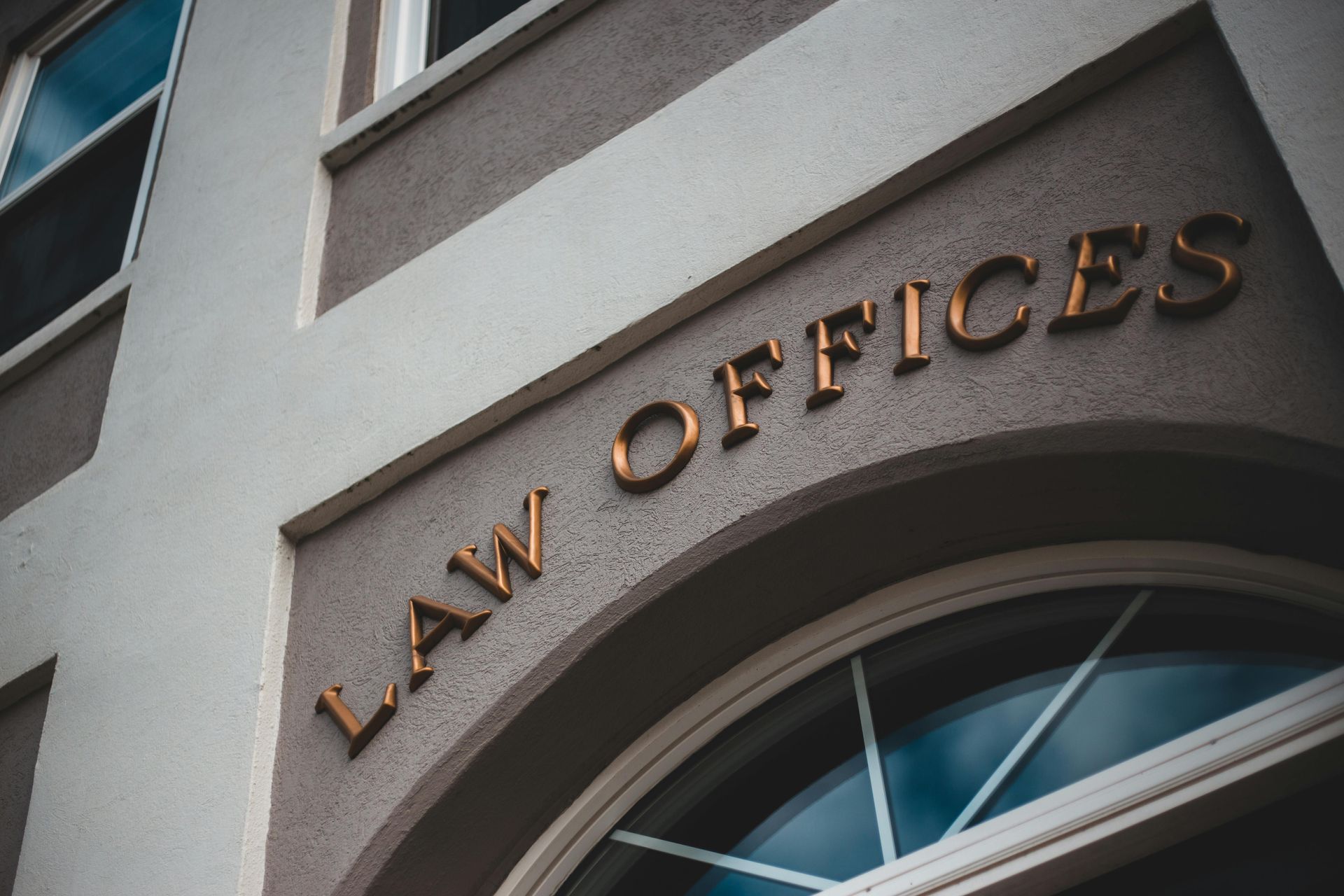PHASE 2
& 3: UTILITY PATENT
& TRADE SECRET AUDIT
Your patents, trademarks, copyrights, and trade secrets are important intellectual property, our Dallas intellectual property lawyers can help management those IP assets.
UTILITY PATENT & TRADE SECRET AUDIT
Phase 2: Utility Patents (including Business Method/Process Patents) Audit
Phase 2 comprises the review of all substantive aspects of the acquisition, maintenance and exploitation--by exclusion or licensing--of Utility Patents. The review can be broken into a number of sub-phases or portions of related subject matter. The scope of the review may be appreciated from a scan of the following representative, but non-exhaustive, set of review points.
- Review of internal training programs and patent awareness raising materials;
- Assessment of invention record keeping and reporting measures;
- Review of current disclosure procedures/process in relation to business application of inventions and/or disclosure to customers;
- Review of domestic filing strategies and business reasons for same;
- Review of foreign filing strategies and use of available conventions such as EPC and PCT;
- Review of current patent assets and methodologies for accessing the assets through summaries, etc;
- Review of patent marking procedures/policies;
- Review of patent/technology licensing in and out, process and guidelines;
- Review of patent assertion criteria against various kinds of adversaries (with and without significant portfolios of their own);
- Review of vehicles for finding patent infringements;
- Review of processes for responding to adverse assertions of patents by others, including the decision process for obtaining a non- infringement or other clearance opinion, from counsel or taking other appropriate steps, including notifying suppliers in a timely manner;
- Review of assignment recording processes, foreign and domestic, re acquired patents and review of terms of acquisitions vis-a-vis existing claims of infringement or preexisting infringement damages, etc;
- Assessment of role of software in emerging markets and need, and appropriateness of, protecting software by patents;
- Assessment of inventor invention/employment/assignment documents vis-a-vis state law and generally; determination of all locations where product development is done and how uniform the agreements are with employees; assessment of adequacy; and
- Additional aspects as needed and appropriate.
Phase 3: Trade Secrets and Proprietary Information Audit
This phase comprises the review of all substantive aspects relating to preserving trade secrets and handling proprietary information and may include such related matters as proper handling of confidential information vis-a-vis export controls.
- Assessment of how significant trade secrets and other proprietary information can be to the gaming business (e.g., processes? new product offerings in development?);
- To the extent they are significant, assessment of protection strategies, awareness training programs, general security measures, etc;
- Assessment of non-disclosure and confidentiality agreement terms in general and, in particular, in joint development situations, if any;
- Assessment of consultant agreements for adequacy of protection of information provided and developed;
- Assessment of approval authorities for supplying and accepting confidential information and sufficiency of contracts and contracting and tracking practices; and
- Additional steps as needed and appropriate.
Intellectual Property Audit Attorneys
Our Dallas intellectual property audit attorneys specialize in the area of law protecting the property rights of inventors and we can assist you in analyzing your patent portfolio. We work with you to developed and maximize your IP portfolio and, once developed, assist you in monitoring your portfolio such that your goals remain met now and into the future.
Need any help?
Additional IP Portfolio Services Focus
What Are Intellectual Property Audits Useful?
A crucial, and often overlooked, aspect of intellectual property is the managing and maintaining of one's intellectual property portfolio. For both inventors and businesses, it is of utmost importance when considering licenses and assignments to make timely and forward-looking decisions. Too often individuals and companies may overlook the importance of an organized intellectual property portfolio with a structured plan of development and so make uninformed decisions and lose valuable assets. For career inventors, it is important to have a clear plan as to what kind of inventions one plans to work toward for the foreseeable future. Without such forethought, one might assign an older patent away a few months before coming up with a perfectly complimentary invention. Businesses, because of the large number of licenses and assignments they may have at any given time, are even more susceptible to oversights and poor planning if no organization is put into their portfolio.
CLIENT MATTERS
5,000+
YEARS OF SERVICE
25+
Award Winning
Recognized in the legal industry as dedicated board-certified lawyers and Rising Stars.
Expert Team
Your project will be handled by legal experts every time. You will have the most experienced attorneys working for you.
Quality Representation











